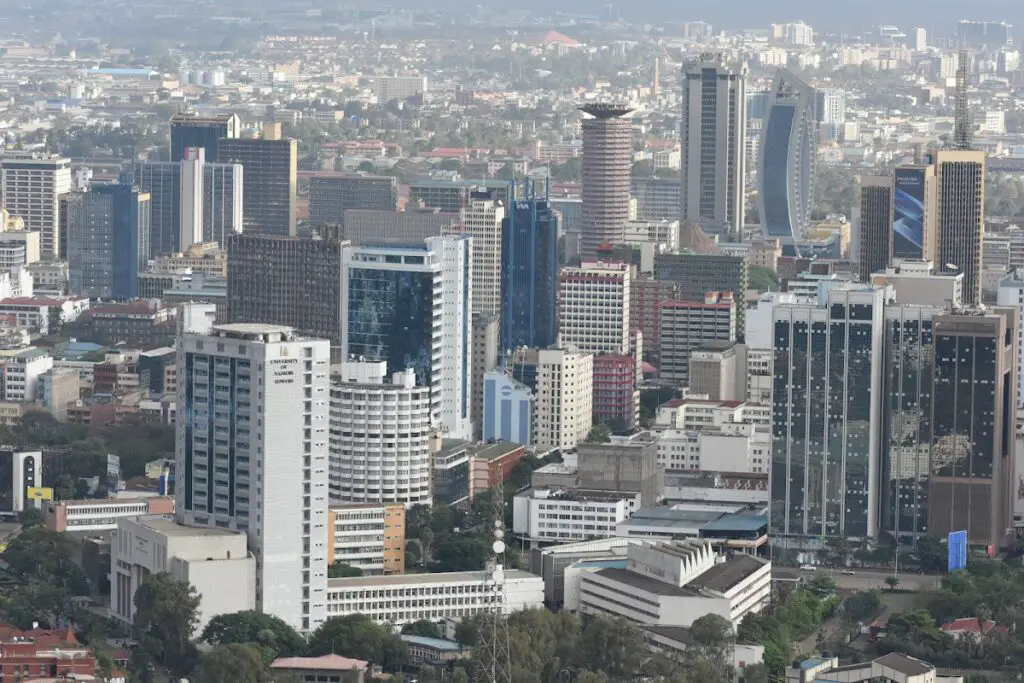2022 has been a mixed bag of fortunes for the East African Community (EAC) as economies in the region implemented different policy interventions and post-Covid recovery strategies. This is after a somewhat robust recovery in 2021 following a major dip in 2020 when the Covid-19 pandemic brought most sectors to a near halt. The tourism
[elementor-template id="94265"]

